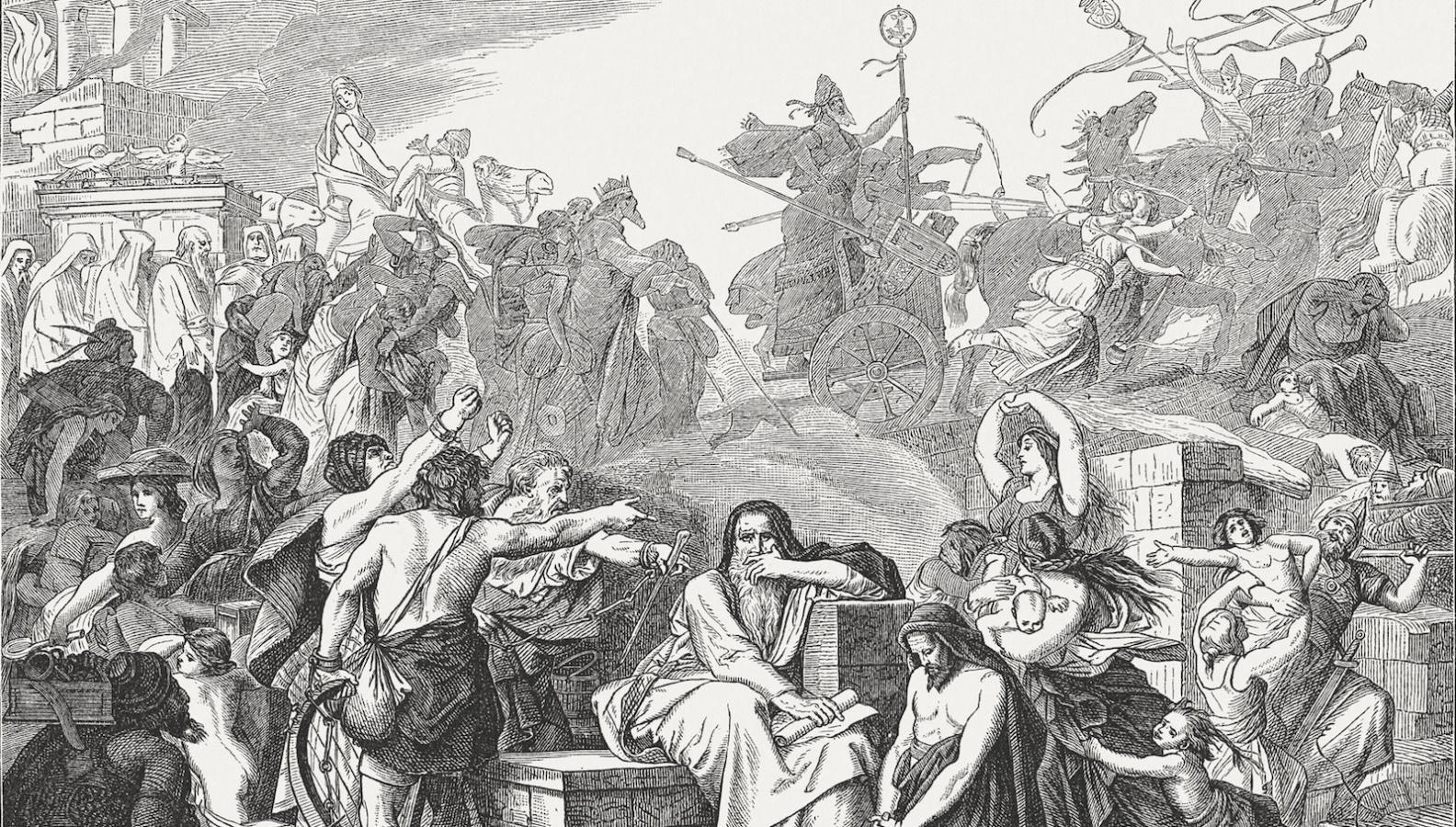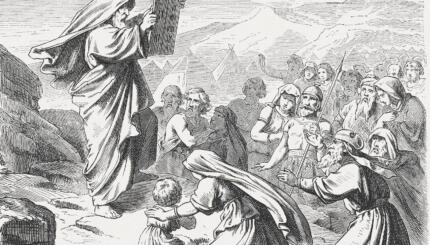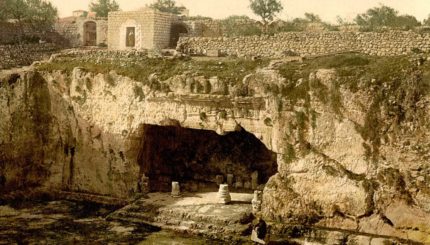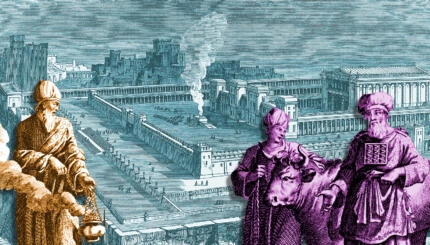From the destruction of Jerusalem and the Temple and the cessation of the Davidic monarchy in 586 B.C.E. through the decree permitting the exiled Judeans to return to Judah in 538, Israelite history was played out on the international stage. At the same time, Israelite prophets began to see these international events as part of the plans of a just and merciful universal God. At the beginning of this period, Judean society reflected world events in its own internal conflict between pro-Babylonian and anti-Babylonian factions. By the end of this period, the groundwork had been laid for a new conflict between the returnees from the Babylonian exile and those who remained in the land.
The Destruction of Jerusalem
The sovereignty of the Judean kingdom in the land of Israel came to an abrupt end with the destruction of Jerusalem and the exile of the leading citizens to Babylon in 586 B.C.E. Nebuchadnezzar II, the crown prince of Babylon, had defeated Pharoah Neco and the Egyptians at the battle of Carchemish in 605, and attempted to conquer Egypt. After he failed to extend his power, Egypt apparently continued to foment rebellion against Babylon in the kingdom of Judah and its neighbors.
The prophet Jeremiah, who stood against Jehoiahkin’s pro-Egyptian stance, saw Nebuchadnezzar as the agent of God:
Behold, I will send … Nebuchadnezzar the king of Babylon, my servant, and will bring [him] against this land, and against its inhabitants, and against all these surrounding nations, and will utterly destroy them, and make them a horror, a thing to be hissed, an everlasting ruin. And this whole land shall be a ruin, and a waste; and these nations shall serve the king of Babylon seventy years. (Jeremiah 25:9,11)
Nebuchadnezaar Returns
Nebuchadnezzar, now the king, returned to Judah in 597, and, according to the Babylonian Chronicles, “captured the city [Jerusalem] and seized its king [Jehoiakhin]. He appointed in it a king of his liking [Zedekiah], took heavy booty from it and sent it to Babylon.” According to II Kings 24:14, Nebuchadnezzar also exiled the king Jehoiakhin, his family and “all the princes, and all the mighty men of valor, ten thousand captives, and all the craftsmen and smiths; none remained, save the poorest sort of the people of the land.” Zedekiah ruled for eleven years, during which Jeremiah continued to criticize efforts to break free from the Babylonian yoke (Jeremiah 28).
With your help, My Jewish Learning can provide endless opportunities for learning, connection and discovery.
Some time around 590, King Zedekiah, encouraged by Nebuchadnezzar’s absence from the region, and probably bolstered by Pharoah Psammetichus II, rebelled against Babylon (II Kings 24:20), so that, in 588, “Nebuchadnezzar king of Babylon came, he, and all his army, against Jerusalem, and camped against it; and they built a siege wall around against it” (II Kings 25:1). After a two-year siege, Jerusalem ran out of food, the walls were breached, and Zedekiah’s family was killed, and he himself was blinded, bound, and sent to Babylon (II Kings 25:7).



